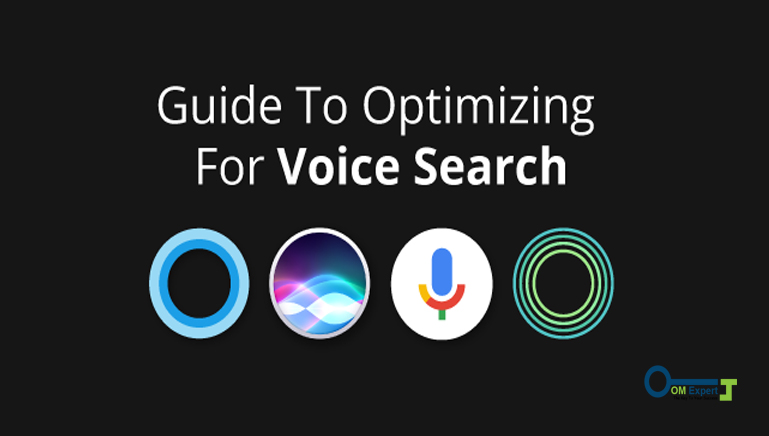In SEO Voice search continues to be a really interesting topic. It is predicted that by 2020, 50% of all searches will be conducted by voice functionality and all the more will be accomplished without looking at a screen.
By previous year, in the United States, 13% of all households owned a virtual home assistant, like Amazon Echo or Google Home. However, this figure is predicted to rise rapidly over the next few years. Do not be fooled by the margin on these predictions, though – it may look like reasonable to think that voice search is not a most important player up till now, but it’s previously an actuality.
Based on data from January 2018, according to alpine.ai, there will be one billion voice assistant allow devices in movement by the end of the year, and there are previously over one billion voice searches for every month.
Whereas it’s straightforward to understand what voice search is, it’s less obvious how people select to utilize it, and what they utilize it for. Here, we discover how to most excellent adapt for the existing opportunities voice search presents.
How people make use of voice search:
Since users do not talk the way as they type. This is very important to be aware of – even though we utilize voice search for the reason that it’s quicker than text, we utilize longer queries. Users speak in much more conversational search terms rather than the clipped, truncated keywords of text search.
Semantic search is as well a feature that is different from text searches. As search terms turn into more natural, engines are required to work harder to position the terms in context, so as to deliver the most appropriate content. This boosts the significance of providing tangential information in optimized content – it is becoming additional significant to forecast the UX (user experience) than it is to format for the advantage of search engines.
It is as well notable that voice searches for information on local areas are more expected than voice searches for all-purpose information. Geo-tagged and localized content is previously starting to be caught in the tide of this shift.

How to Optimize For Voice Search
The most understandable way to rank for voice search is to incorporate long-tail question keywords into content. This boost your chances of appearing in Google’s ‘People Also Ask’ (PAA) featured snippet. For ranking toward text searches as well this makes the strategy great.
When planning for featured snippets, your structure of content should be premeditated – Google prefers concise answers to questions that are surfaced. Using the power of headings can too help search engines make out that you’re answering a question.
For voice search optimization, the next best thing you can do is to take benefit of localization. When a customer requests information on a local business, Google will default to using data from Google My Business listings, making them vital to pay suitable attention to.

Future of Voice Search:
Voice search is still an un-mapped frontier, regardless of its surging traffic. The only way to predict where it may go next is by keeping an eye on the trends. This means taking benefit of Google Analytics, as it follows that completely comprehending voice search means entirely comprehending mobile search.

